A wall tent could be a long term emergency shelter or a hunter’s home in a remote location. Thinking about getting one? Here’s what you need to know before investing.
by Leon Pantenburg
Disclaimer: I was not paid to write this story, and all opinions expressed here are my own. At the time of publication BRAVO MFG. INC has no advertising relationship with SurvivalCommonSense.com.
Outside, the steady rain has turned to sleet, and by morning everything will be covered with snow. But that’s a good thing if you’re hunting elk in the high country and prepared for the worst.
Or, you’re camped at a bluegrass festival, the shows are over, and some friends want to get together to do some late night pickin’. Your wall tent is the natural place to gather.
Worse case scenario: A natural disaster happens, you have to evacuate your home, and improvise a shelter for long-term survival. A wall tent may be your home for a long time.
In all these very different scenarios, a wall tent may be the best choice for shelter. Do you need one for an emergency shelter?
Well, any discussion should start with defining what a wall tent is.
The wall tent, also referred to as a cabin tent, has a history and a legacy as old as the country, according to Montana Canvas. It provided shelter from the most severe elements for early pioneers, trappers, miners, and hunters.
A wall tent looks like a canvas cabin. It has a rigid frame, and may be heated with a stove. Other than that, a wall tent setup is limited only by your imagination.
But compared to other conventional tents, a wall tent can be spendy, ranging from several hundred dollars, into the thousands. And they aren’t lightweight – the average 10-foot by 12-foot tent may weight upward of 60 pounds, without the frame.
You have to decide on sizes, weight of material, frame, stove, floor etc. based on what your particular requirements are. But..
What do you look for?
Here’s some suggestions from John Aldrich of BRAVO MFG. INC. The company designs and makes wall tents in Camas, Washington.
Zipper: The most-used accessory on the tent will be the zipper. It helps keep out the nasty weather, Aldrich said, and allows the heat to be regulated. The zipper is also the number one item that may require replacement in the tent, he added
“Get brass zippers, they last the longest,” Aldrich said. “Jeans manufacturers don’t trust plastic zippers on their products, and you don’t want a cheap zipper.”
The zipper and secondary closure for the door should go as close to the top as possible, he added, for better ventilation. This allows the door to open wider, for easier entry and egress.
Grommets: These also require sometimes require replacement because of tearing. Bravo tents replaces
standard grommets, Aldrich said, with sewn D rings attached to seatbelt webbing that is rated to 5,000 pounds.
The spacing of the grommets is important too. The grommets or D rings should be spaced every three feet, versus the standard four feet.
“More pulling points are stronger,” Aldrich claims, “because that spreads out the pressure. This is important in a high wind or when there might be a heavy snow load.”
Fabric weight: The best material combines the highest strength to weight ratio, is water repellent and heat retentive.
Bravo uses Sunforger Marine Boatshrunk Army Duck, which Aldrich claims has the highest strength to weight ratio, and is water repellent and heat retentive.
“There may only be about $100 difference in materials cost between a really good tent and a lesser quality one,” Aldrich said. “The labor costs and materials are where manufacturers save money.”

Be wary of cheap canvas, Aldrich cautions.
“There are no American canvas makers left,” he said. “You can get seconds, with blemishes throughout the fabric, and the average person can’t tell the difference by looking at it. The price tells the story.”
Frame: Frames can range from internal, aluminum structures to wooden poles that are fabricated on the site. Internal frames are stronger, Aldrich says, Whatever option you choose, make sure that it will work for your anticipated tent uses.
Aldrich uses U.S.- made products, because he says they are stronger.
“We use common materials,” he said. “That’s so you can get replacement parts at the local hardware store.”
Corners: The door top webbing is another place that gets extensive wear and is prone to tearing. Make sure this area is reinforced so the frame won’t rub through it.
Stove jack: This is the hole where the stove chimney goes. The best situation, Aldrich says, is when the jack goes out the side of the tent. When it goes out the roof, there is more potential for leaking, and the roof jack will wear out quicker than one on the side.
Size: A 12 foot by 15 foot tent is a standard size for two people for sleeping, eating and basic housekeeping, Aldrich said. Four people need a tent about 12 foot by 15-to-21 feet. Be careful of sizes, and read the fine print.
“Is the tent sold as the cut size or the finished size?” Aldrich said. “Make sure the actual dimensions are the finished size.”
Floor: A vapor barrier floor is critical to comfort. A piece of visqueen, with carpet on top, works really well and is easy to keep clean and dry.
Fly: A tarp or fly on top of the tent can help snow slid off easily. The fly can add to heating efficiency by 15 percent.
First time buyers should build the product around the price tag. While initially, the tent may seem expensive, Aldrich said, a quality product is an investment.
“If you take care of it, a high-quality wall tent can last over 20 years,” he said. “You don’t save money if you have to replace a cheap tent.”
Please click here to check out and subscribe to the SurvivalCommonSense.com YouTube channel – thanks!

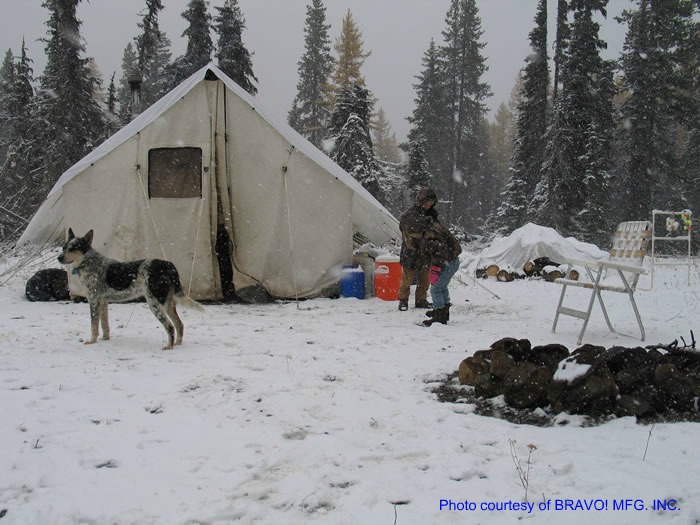
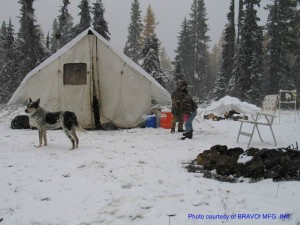
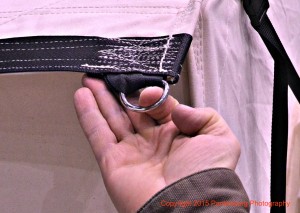
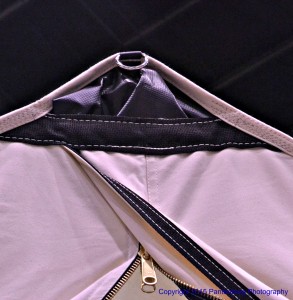
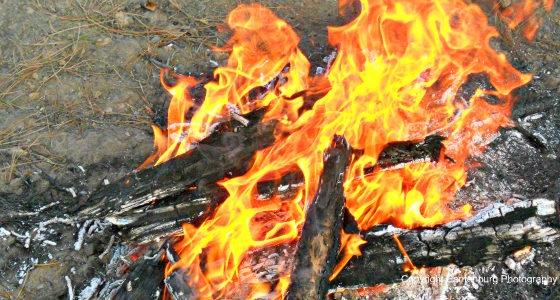
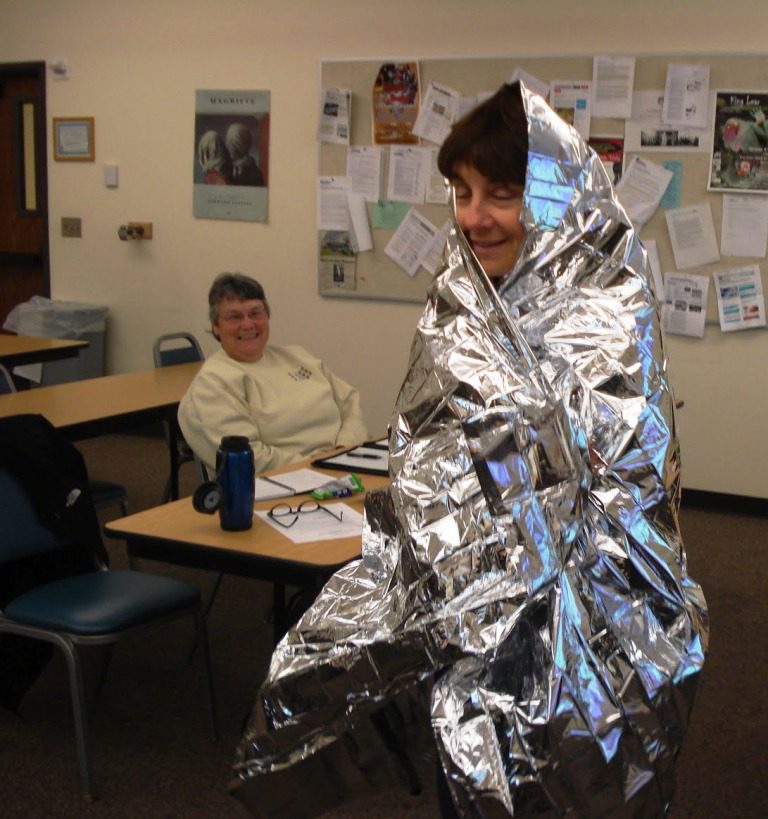
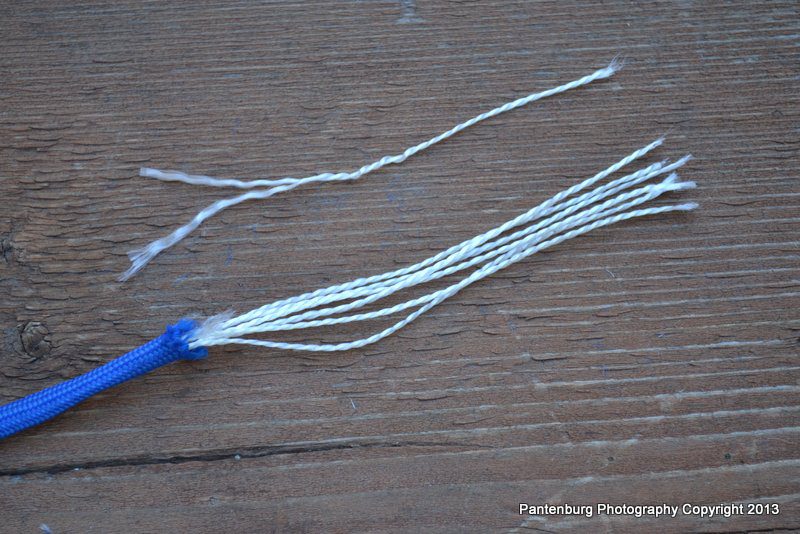
Leave a Reply